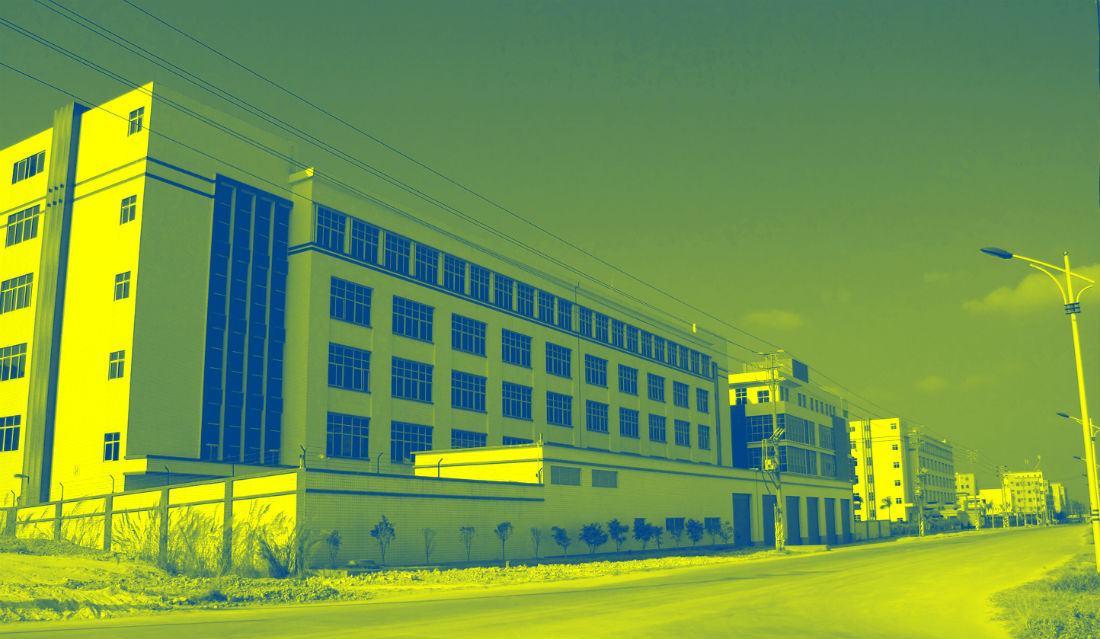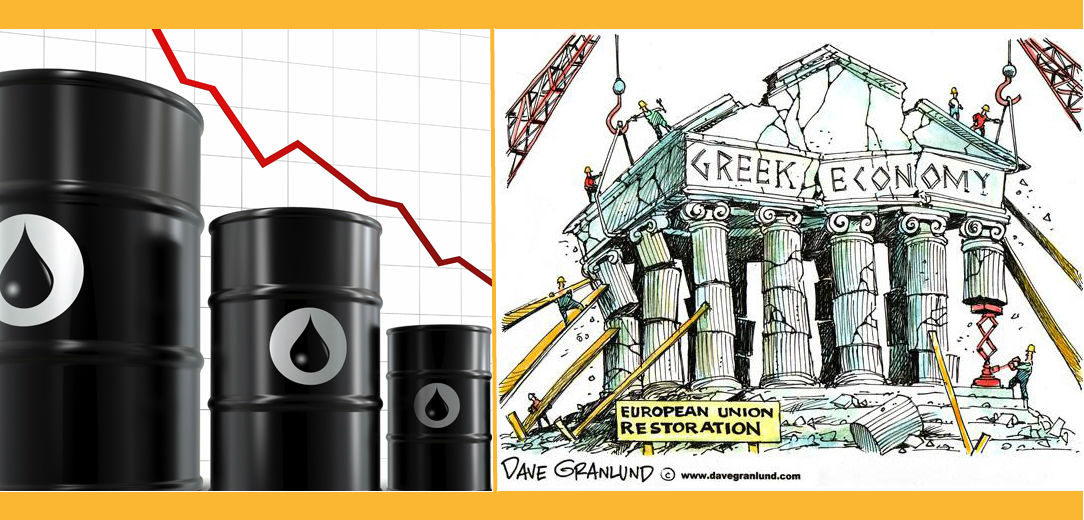HOW TO SPOT SUPPLIER RISK DURING ON-SITE EVALUATIONS
Visiting your suppliers in person provides a great opportunity to identify potentially risky behaviour. In this article, we explore what you should look for to ensure you’re working with safe, knowledgeable, and reliable suppliers.
Thanks to Spendrix for granting Procurious permission to republish this article. This article is the second in a series on how to identify various types of supplier risk.
In our last post, we discussed how to spot risky behaviour when communicating with suppliers. The second article in our series on identifying supplier risk explores what to look for during on-site evaluations.
While on-site evaluations aren’t required, visiting your suppliers can help you build better relationships and improve communication. Furthermore, visiting your suppliers on-site allows you to evaluate them for risky behaviours that could potentially affect your company.
Here are some things to look for the next time you visit a supplier on-site:
Training Capabilities
When you vet your suppliers, you make sure they are qualified to do the job at hand, right? A part of this vetting process includes ensuring your supplier’s employees are proficient. Therefore, when you arrive on-site, it’s definitely important to check out your supplier’s training capabilities.
Top suppliers will have dedicated classroom space, a well thought-out training course, and experienced instructors. When you’re on-site, simply ask to review their training course to get an idea of how well it is preparing your supplier’s employees to work with your company. Does the training cover how to properly work with any equipment employees may have to use, how to properly secure and transport goods, how to check and maintain equipment to ensure it’s working properly, or what to do in the case of emergency?
Employees should understand how equipment looks, feels, and sounds when operating properly in order to act quickly if the machine becomes unsafe. Remember, your supplier is only as safe as its employees.
If your supplier can not answer simple questions about their training program or it seems their course lacks substance, you may need to ask yourself if that supplier is the best fit for your company. Overall, your suppliers represent less risk to your business the better their employees are trained.
Properly Stored & Inspected Equipment
Another crucial risk factor to look for during on-site evaluations is how your suppliers store their equipment, spare parts and securement tools. The way that a supplier stores excess equipment can tell you a lot about their attention to detail and the value that they place on having their equipment be in excellent condition.
While on-site with a transportation vendor, have a look at their inspection areas. Inspection areas should be well lit, and have spare chains and straps to replace defective securement. It’s important that your suppliers are taking all measures to minimise violations and damage when transporting cargo.
In addition to securing cargo, also evaluate how well your supplier’s equipment is being maintained. Are tractors and trailers assessed for potential damage, parked in an organised and safe location, and repair areas kept clean? How promptly are mechanical issues taken care of? Are spare parts well organised and in safe locations for the mechanics to access them?
When visiting a manufacturing supplier, look how they treat their equipment as well. Is all the necessary Personal Protective Equipment available, clean, organised, and stored properly? Also, check their records to see if equipment is being professionally maintained and inspected on a regular basis.
Suppliers that do not properly maintain their equipment can put your company at serious risk. Poorly maintained equipment is one of largest safety concerns when working with suppliers. If your supplier neglects their equipment, this directly impacts your business.
Visual Inspections of Equipment
In addition to how your supplier stores their equipment, do they keep it up to date and safe? When performing an on-site evaluation, take an opportunity to perform your own assessment of your supplier’s equipment for physical damage. Identify things that could lead to supplier error, and thus, put your business at risk.
When evaluating transportation vendors, check tires for adequate tread and proper inflation. Inspect trailers for any internal or external damages. Also make sure securement equipment is functioning properly. If on-site with a manufacturing supplier, examine equipment for exposed wires, burning smells, abnormal movements, or odd noises. Also, verify that the proper machine guarding equipment is being used.
Ensuring your supplier properly maintains their equipment can help to reduce the potential for errors. Therefore, it is crucial while on-site to inspect your supplier’s equipment, and in turn, protect your business.
Proper Compliance
A final way to minimise risk when performing an on-site evaluation of your supplier is by inspecting how they handle compliance. Does your supplier maintain organised and up to date logbooks? Do they have a detailed understanding of hours of service regulations, and work to avoid violations? Also, have they had any recent drug or alcohol violations? Or even worse, are there any drugs or alcohol on-site?
In addition, are there proper accident prevention signs in visible, high traffic areas? Is there easily accessible first-aid medical equipment in case of an emergency? The first-aid kit should be tailored to your supplier’s specific work environment and associated risks. It can also be necessary to have employees trained in first-aid, CPR, or responsible for certain emergencies.
By evaluating your suppliers for compliance issues, you are communicating your company’s values. You also can spot risky behaviours before they dramatically impact your company.
Overall, on-site evaluations allow you to get a closer look at your supplier’s day-to-day practices, and determine if they are the best fit for your company. If your suppliers do not have an effective training program, properly store or maintain their equipment, or follow proper compliance protocol, it may be time to look elsewhere for your business’s needs.
Ben is a business development professional currently working with Spendrix. He enjoys the challenge of helping a young company grow. Ben is passionate about risk analysis, business administration, and technology issues affecting the transportation and logistics industry.



